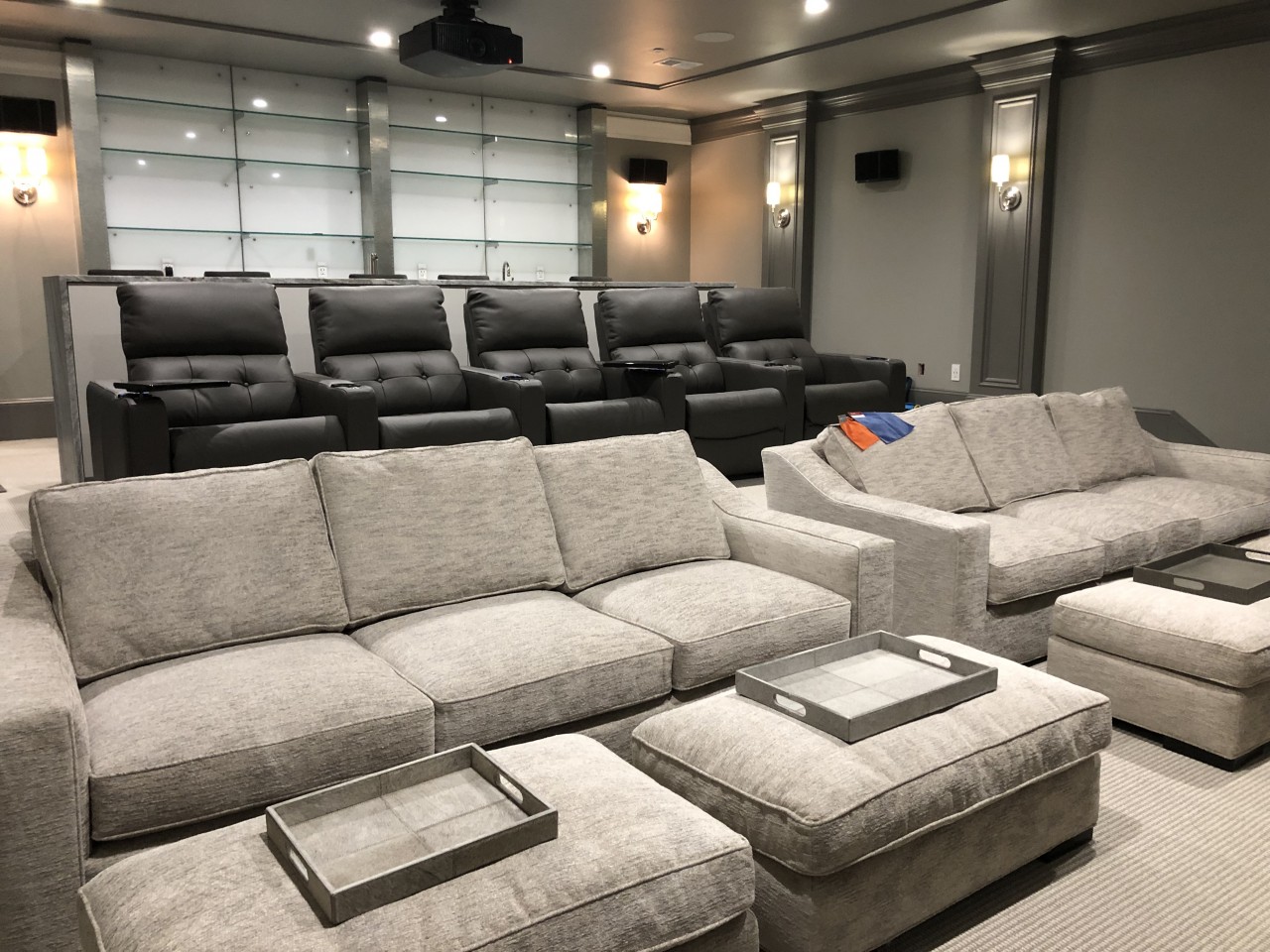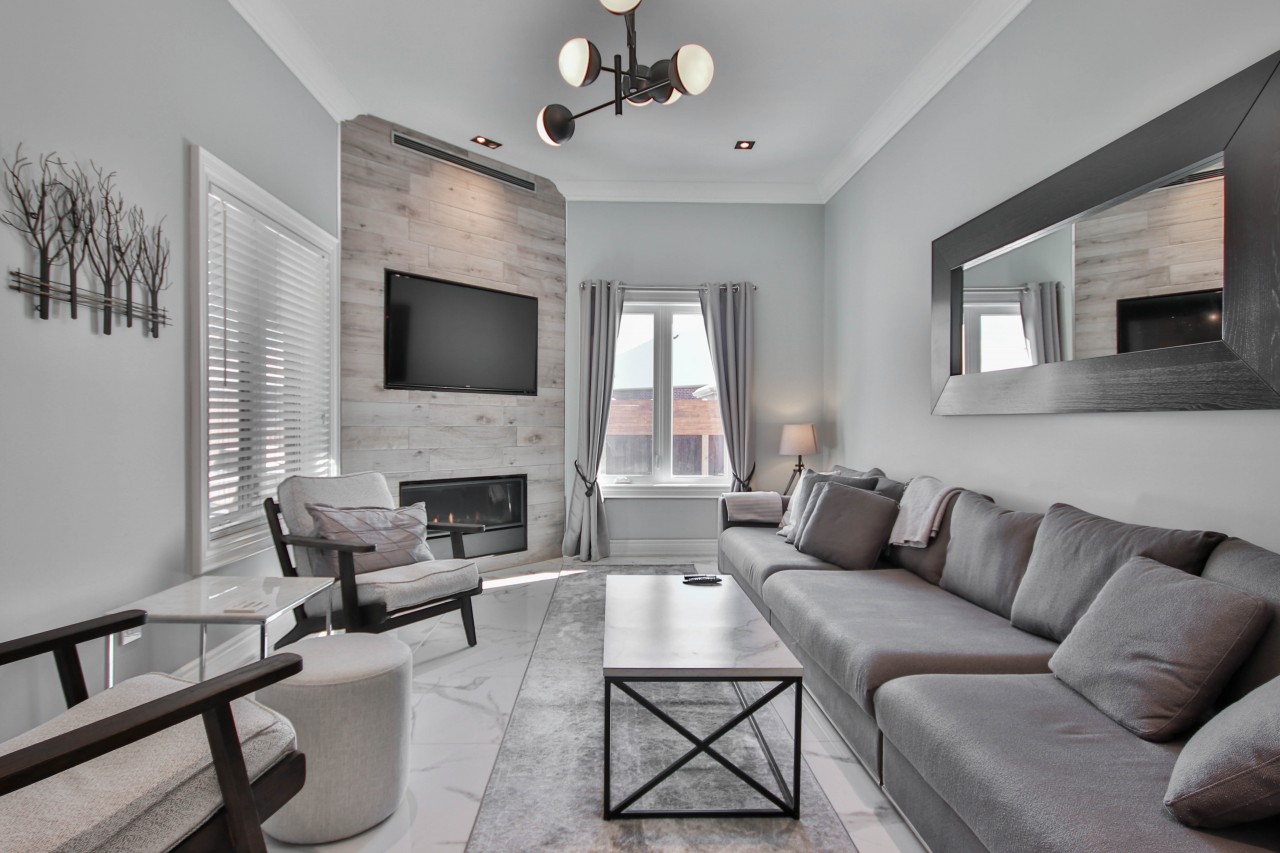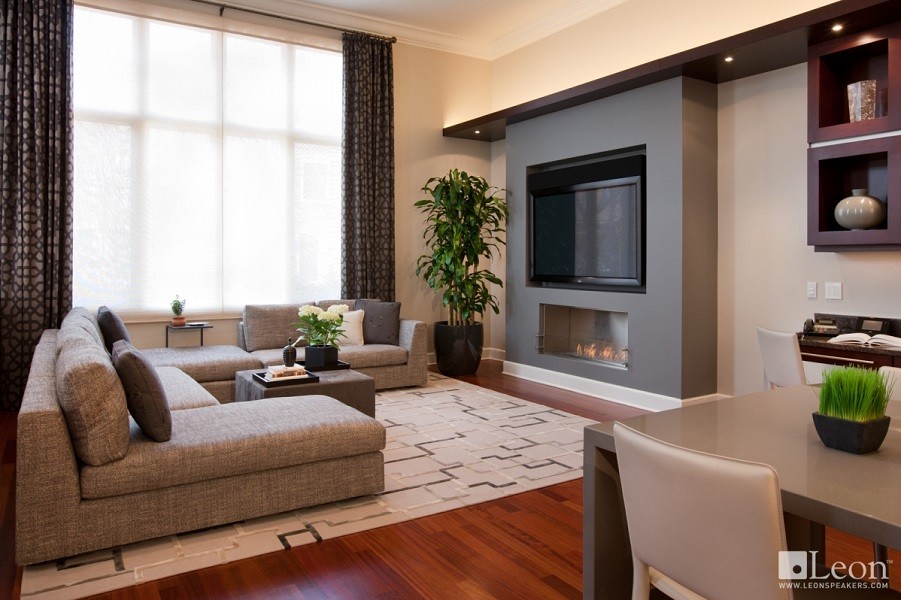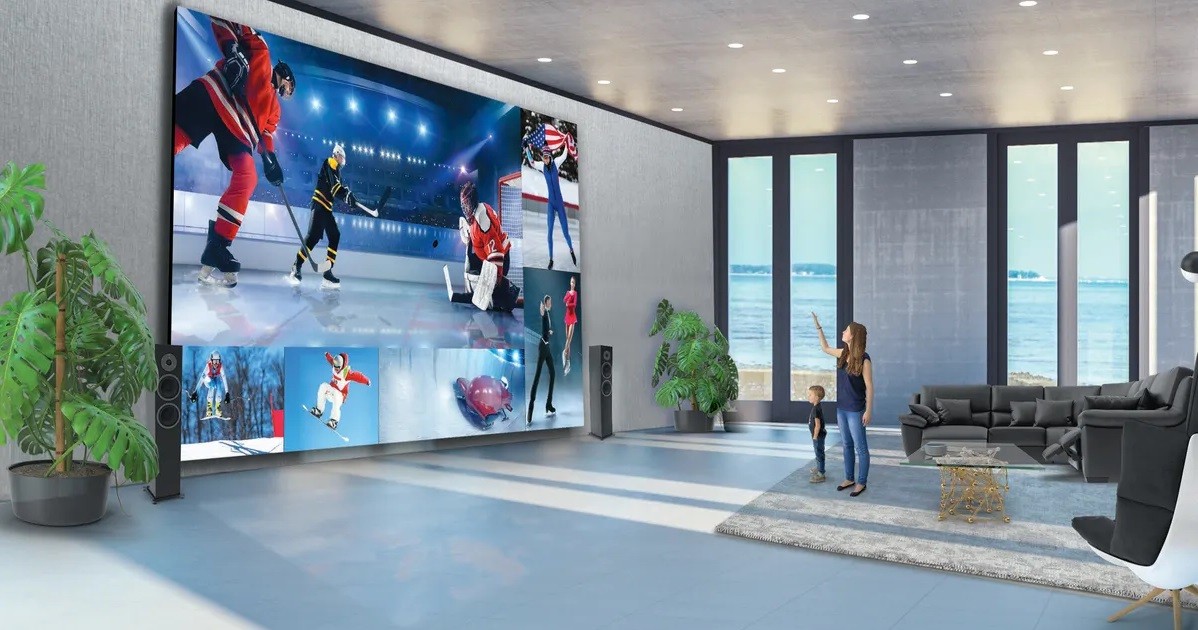Imagine walking into a home where everything responds to your needs seamlessly.
Lights adjust, music plays, and your security system keeps watch—all without you lifting a finger.
This is the magic of smart home automation, and it’s revolutionizing the way Atlanta residents live.
Let’s explore how top-tier smart home automation Atlanta residences turn into serene, efficient, and customized living environments that are as intuitive as they are luxurious.
Elevating Everyday Living
Smart home automation Atlanta is about more than just convenience; it’s about enhancing your quality of life.
Deprecated: Creation of dynamic property EasyBlogSocialButtonExternal::$post is deprecated in /home/mrpoatlantaaudio/public_html/administrator/components/com_easyblog/includes/socialbuttons/adapters/external.php on line 42








